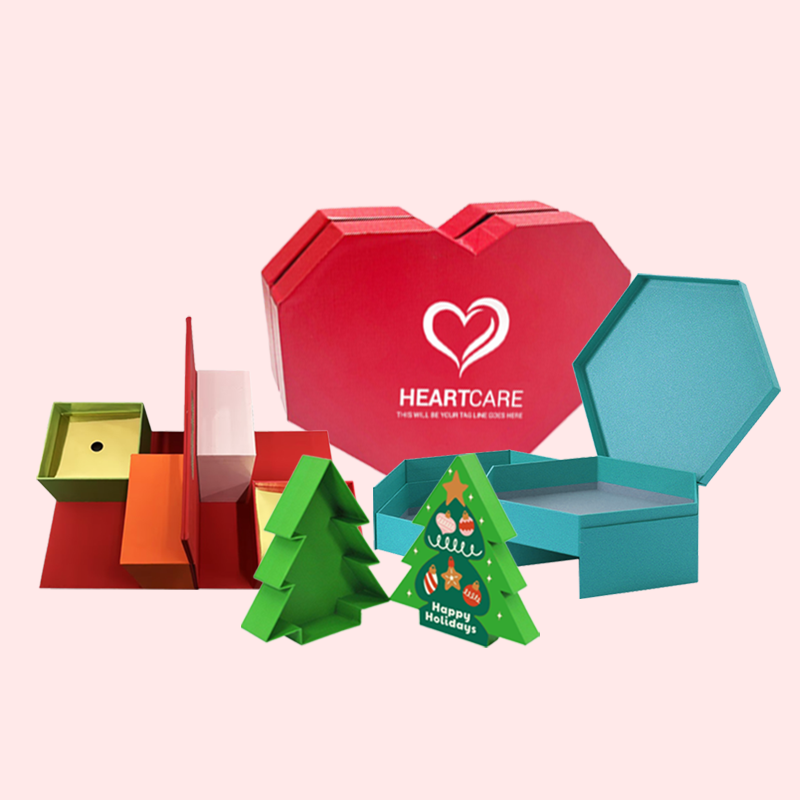Are you struggling to make your packaging stand out? Old printing methods feel limited and expensive, making it hard to create fresh, exciting designs that grab attention on the shelf.
The latest printing trends focus on digital, sustainable, and smart technologies. Key applications include digital printing for personalization, 3D printing for rapid prototyping, using eco-friendly inks and coatings, and embedding QR codes or NFC chips for interactive experiences. These innovations offer greater flexibility and value.
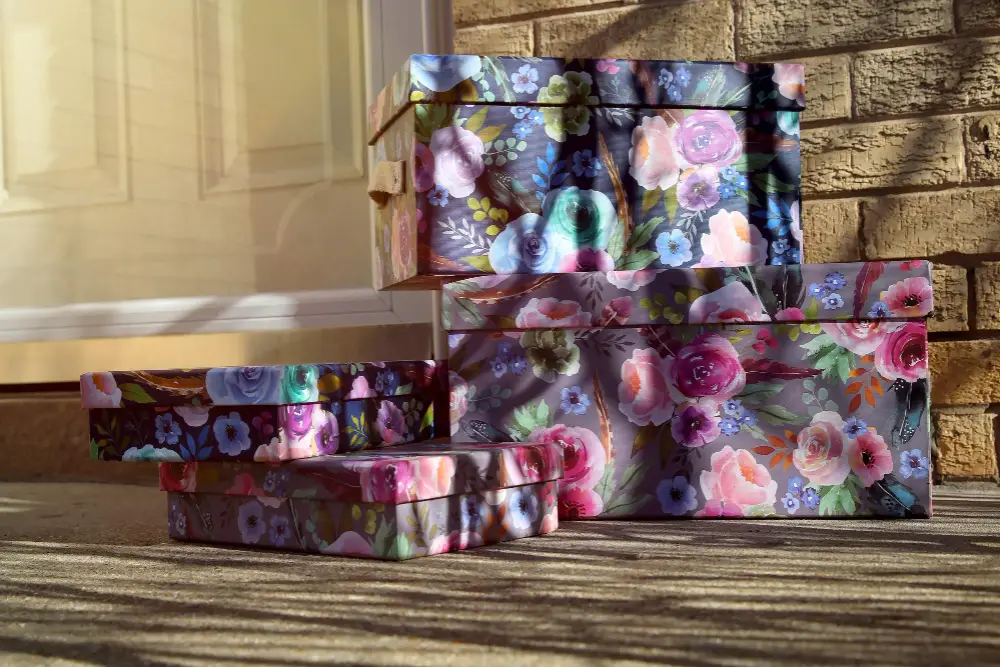
As someone who has been in the packaging industry for over 16 years, I’ve seen technology change everything. I remember when a simple color adjustment meant stopping the entire production line. Today, the possibilities are almost endless, and it’s an exciting time for designers. These new tools are not just novelties; they solve real-world problems for cost, speed, and customer engagement. Let’s explore how these trends can directly benefit your design process and help your clients succeed. I want to share what I've learned so you can use these technologies effectively.
How is digital printing changing packaging personalization?
Tired of generic packaging that doesn't connect with specific customers? Traditional printing makes small, customized runs expensive and slow, so you miss out on targeted marketing opportunities.
Digital printing enables Variable Data Printing (VDP), allowing you to change text and graphics on each box without stopping production. This makes hyper-personalization, limited editions, and regional campaigns affordable and fast, creating a unique experience for every consumer.
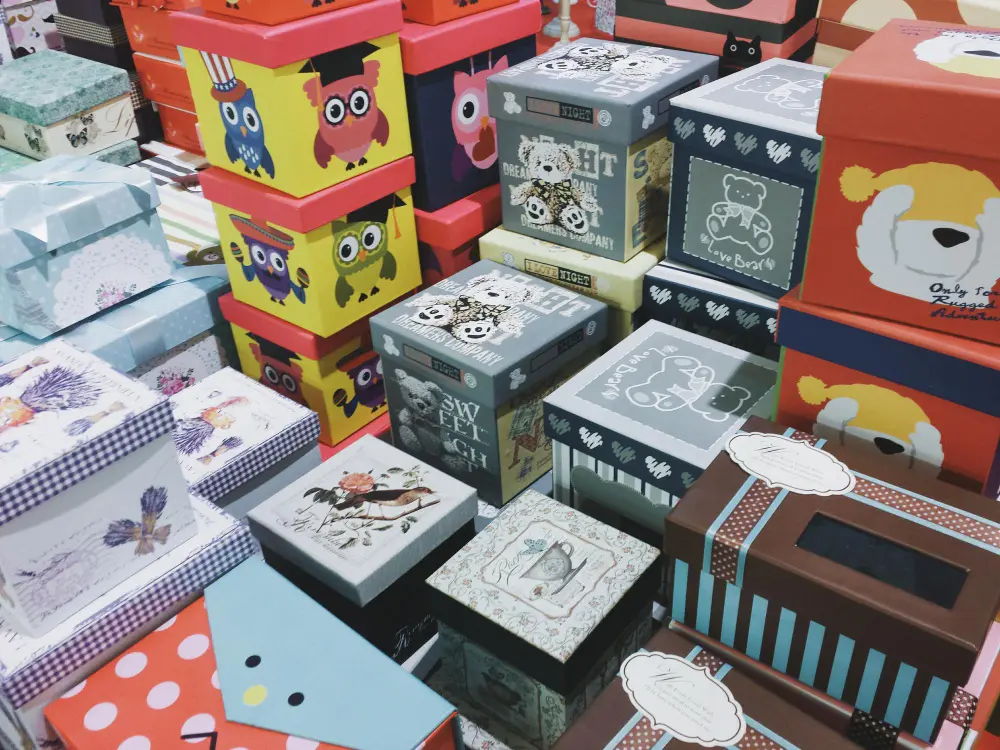
I’ve seen digital printing completely reshape what’s possible for my clients. A few years ago, a cosmetics brand came to us wanting to launch a special holiday campaign. They wanted to print different festive messages on their boxes, targeting several different markets. With traditional offset printing, this would have required multiple expensive printing plates and huge minimum orders. Instead, we used our digital press. We were able to create dozens of variations in a single run. This flexibility not only saved them money but also boosted their campaign’s success. For a designer like you, Peter, this technology opens a new door for creativity.
From One-Size-Fits-All to One-of-a-Kind
Digital printing’s core strength is its ability to handle variety without extra setup costs. You can send a complex file with hundreds of variations directly to the press. This is ideal for short runs, test marketing, or highly personalized products.
Comparing Digital and Traditional Printing
Here is a simple breakdown to help you decide which method fits your project. It shows how the two compare in key areas.
| Feature | Digital Printing | Offset Printing |
|---|---|---|
| Setup Cost | Very Low | High (due to plates) |
| Best for Volume | Low to Medium | High |
| Personalization (VDP) | Yes, easy and cheap | No, very difficult/costly |
| Turnaround Time | Fast | Slower |
| Color Accuracy | Good, improving constantly | Excellent, consistent |
This shift means you can now propose innovative ideas that were once too expensive, giving your clients a real competitive edge.
Can 3D printing truly be used for packaging production?
Do you need to create a physical prototype quickly? Traditional model-making is slow and costly, delaying client feedback and slowing down the entire design finalization process.
While not yet for mass production, 3D printing excels at creating high-fidelity structural prototypes and unique, low-volume packaging. It allows designers to test form, fit, and function in days instead of weeks, drastically speeding up the development cycle and enabling complex designs.

I still remember the first time we brought a 3D printer into our design studio. A client needed a very specific, oddly shaped insert to hold a fragile glass bottle. Carving a foam model by hand would have taken days and lacked precision. Instead, we modeled it on the computer and printed a perfect prototype overnight. The client held it, tested the fit with their bottle, and approved the design on the spot. This moment showed me that 3D printing wasn't just a gimmick; it’s an essential tool for rapid innovation in packaging design. It closes the gap between the digital drawing and the physical product.
Speeding Up the Design Process
The main advantage of 3D printing in packaging is speed. You can take a CAD file and turn it into a tangible object in a matter of hours. This allows for quick iterations. If a client suggests a change, you can modify the design and print a new version the same day.
Applications Beyond Prototyping
Beyond simple mockups, 3D printing offers more. Here’s where I see it adding the most value today.
| Application | Description | Benefit for Designers |
|---|---|---|
| Structural Prototypes | Quickly create physical models to test a box's structure and assembly. | Test ergonomics and fit without waiting for a factory sample. |
| Custom Inserts | Design and print complex, form-fitting inserts for high-value products. | Achieve perfect protection for unusually shaped items. |
| Low-Volume Production | Produce small runs of highly specialized or luxury packaging components. | Create unique, high-end designs that can't be mass-produced. |
| Sales & Marketing | Provide realistic, tangible samples for client presentations or trade shows. | Help clients visualize the final product and win project approval. |
For designers, this means you can test bolder and more complex structural ideas without the risk of high tooling costs.
What makes a printing technique sustainable and cost-effective?
Clients are demanding eco-friendly options, but are you worried they will be too expensive? Balancing sustainability with a tight budget is one of the biggest challenges in modern packaging design.
A printing technique becomes sustainable and cost-effective by using renewable resources like soy-based inks, reducing waste through precise digital application, and using energy-efficient curing methods like UV-LED. These methods often reduce material consumption and process time, lowering overall costs.
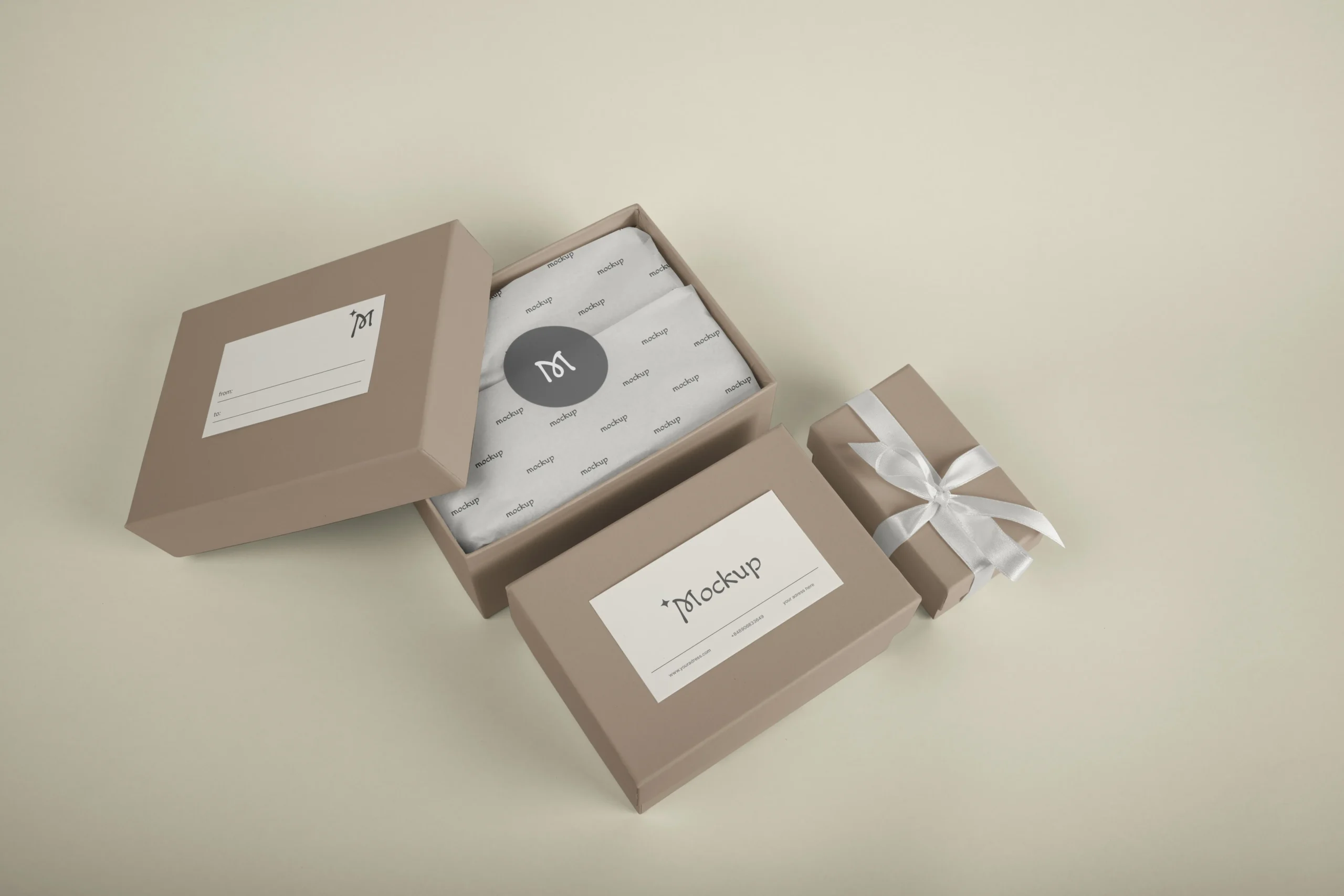
I’ve had many conversations with clients who want to "go green" but are afraid of the price tag. My job is to show them that sustainable choices can also be smart business decisions. For example, we switched one of our production lines to UV-LED curing. The old mercury lamps used a lot of energy and produced ozone. The new LED systems use about 70% less energy and turn on instantly, so there's no wasted time or power. The initial investment paid for itself in less than two years through energy savings alone. We passed these savings to our clients, making sustainability an easy choice for them.
Key Sustainable Printing Practices
Going green is about more than just using recycled paper. The printing process itself plays a huge role. You should look for partners who actively implement these practices.
Balancing Cost and Eco-Friendliness
It's a misconception that "green" always means "expensive." Many sustainable technologies actually improve efficiency and reduce waste, which can lead to lower project costs.
| Sustainable Method | How It Works | Cost Impact |
|---|---|---|
| Water-Based Coatings | Use water as a solvent instead of chemicals to create a protective finish. | Lower material cost and fewer regulatory fees. |
| Soy/Vegetable Inks | Inks made from renewable resources like soybeans instead of petroleum. | Prices are now competitive with traditional inks. Easier to de-ink for recycling. |
| UV-LED Curing | Use efficient and long-lasting LED lights to dry ink instantly. | Lower energy consumption and no bulb replacement costs. |
| Digital Printing | Prints directly onto the material, minimizing setup waste (no plates, less ink). | Reduces material waste significantly on short-to-medium runs. |
By choosing these options, you can offer clients packaging that is both responsible and affordable.
How can smart printing add real value to your packaging?
Is your packaging just a silent container? In a digital world, a box that can’t communicate is a missed opportunity to engage customers and gather valuable data.
Smart printing adds value by integrating interactive elements like QR codes, NFC, or Augmented Reality (AR) directly into the design. This turns the package into a digital portal, offering customers tutorials, promotions, authentication, or immersive brand stories directly from their smartphones.
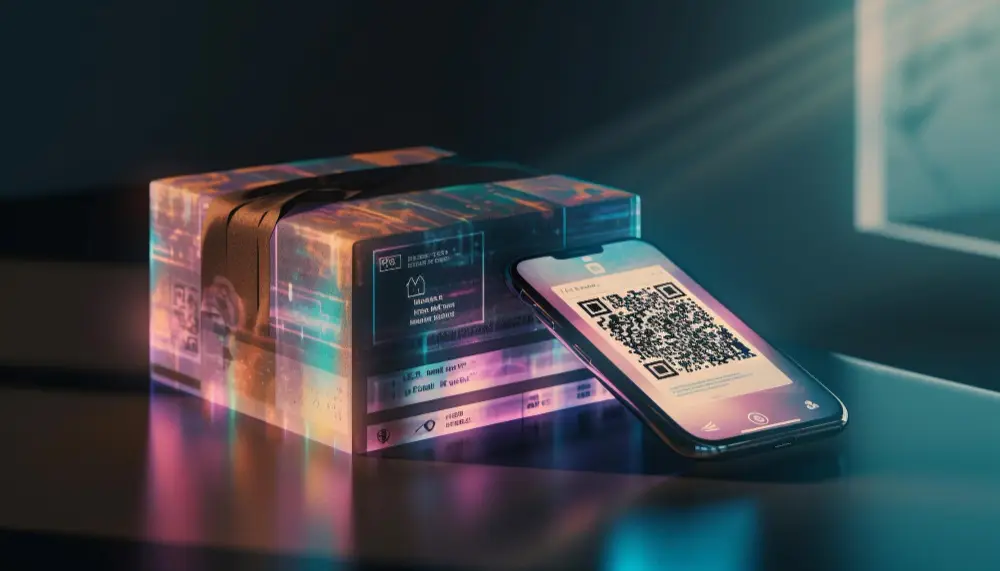
One of the most exciting projects I worked on involved a high-end skincare brand. They were facing issues with counterfeit products in the market. We printed a unique, encrypted QR code on each box. When a customer scanned it, it took them to a verification page and also unlocked exclusive content, like a video tutorial from a makeup artist. This simple addition did two things: it reassured customers they were buying a genuine product and it created a fun, engaging experience that built brand loyalty. It showed me that a box is no longer just for protection; it's the first step in a digital conversation with the customer.
Turning the Box into a Tool
Interactive packaging bridges the physical and digital worlds. As a designer, you are no longer just designing a static graphic; you are creating a gateway to a larger brand experience. The key is to make the interaction meaningful.
Choosing the Right Interactive Technology
Different technologies serve different purposes. Your choice depends on the campaign goal and the user experience you want to create.
| Technology | How It Works | Best Used For |
|---|---|---|
| QR Codes | A printed matrix that a smartphone camera can scan to open a web link. | Linking to websites, videos, promotions, or social media. |
| NFC (Near Field Communication) | A small, thin chip embedded in the packaging that interacts with a phone when tapped. | Product authentication, tap-to-pay, instant app downloads, or exclusive content. |
| AR (Augmented Reality) | A printed marker triggers a 3D animation, video, or game on a phone screen. | Creating immersive brand stories, product visualizations, or "try-before-you-buy" experiences. |
By incorporating these, you can transform your packaging designs from simple containers into powerful marketing tools that deliver measurable results.
Conclusion
These advanced printing technologies are changing packaging design. By embracing digital personalization, sustainable practices, and smart features, you can create packaging that truly connects with customers and adds lasting value.


